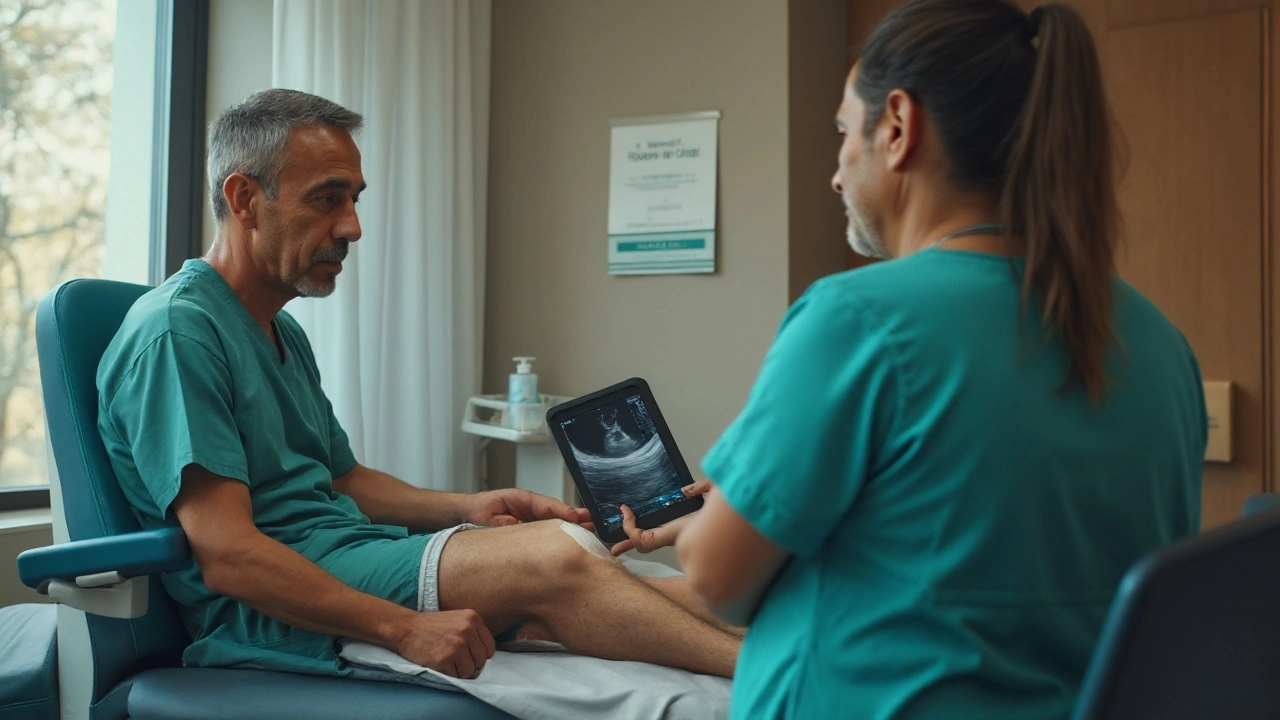Telehealth: How to use virtual care safely and smart
Telehealth puts clinicians on your screen so you can talk about symptoms, get advice, and receive prescriptions without leaving home. It’s fast, convenient, and often cheaper than an office visit. But to get good care you need to know how telehealth works and where to be cautious.
What to expect from a telehealth visit
A typical visit starts with logging into a secure portal or app. You’ll share your reason for the visit, any current medications, and basic health history. The clinician will ask focused questions, request photos or video of symptoms, and may recommend tests or a local lab. For some conditions they can write a prescription immediately. For controlled substances or complex problems, expect a referral or an in-person exam.
How to prepare for a smoother appointment
Check your internet connection and choose a quiet, well-lit space. Have a list of symptoms, medication names and doses, and recent test results ready. If you need a prescription, know the pharmacy you prefer and whether it accepts electronic prescriptions. Ask about costs and whether your insurance covers telehealth before you start.
Buying medications online after a telehealth visit
Many telehealth services link to online pharmacies. Only use pharmacies that require a valid prescription, show a physical address, and have a pharmacist contact number. Avoid sites that sell controlled drugs without a prescription or pressure you with discounts. Be wary of offers for popular drugs like Modafinil, Eliquis, or Zyban without proper medical oversight.
Privacy and legal basics
Telehealth platforms must protect your data. Read the privacy policy and look for secure connections (https). If you live in the EU or UK, GDPR rules may give you extra rights. In the US, HIPAA often applies, but not always. Don’t share highly sensitive details on public Wi‑Fi or in chat windows that seem unsecured.
When telehealth isn’t the right choice
If you have severe chest pain, sudden weakness, trouble breathing, or heavy bleeding, call emergency services. Telehealth is great for follow ups, minor infections, skin rashes, and medication checks. It doesn’t replace hands-on exams for many surgical, cardiac, or emergency problems.
Tips to spot scammers and unsafe services
Check reviews, pharmacy verification seals, and professional credentials. If a platform guarantees medication without an exam, charges too little for controlled drugs, or asks for payment through odd channels, stop and verify. Use established telehealth providers tied to known clinics or pharmacies.
Making telehealth work for you
Treat virtual visits like real appointments: be on time, be honest, and follow up if symptoms change. Keep copies of prescriptions and visit notes. If something feels off, request a second opinion or an in-person visit. When used correctly, telehealth saves time and keeps care within reach.
Want help choosing a service? Look for licensed clinicians, clear pricing, and easy refill policies. Try a short video visit first to test the tech and clinician approach before committing to long-term care. Keep your notes and ask for any clarifications.
Postoperative Inflammation: Why Follow-Up Appointments Matter and How to Prepare
Follow-up visits catch inflammation early, adjust meds, and prevent complications after surgery. Here’s why they matter, what to expect, and how to prepare.
Read moreBest Telehealth Platforms with Built-In Drug Discounts: Save on Prescriptions Instantly
Many online doctor services now offer prescription discounts during consultations. Learn how telehealth platforms with built-in coupons can lower your medication costs.
Read more

